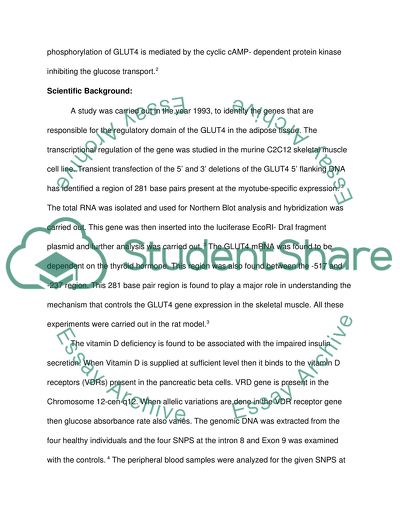Cite this document
(“Monitoring the glucose level as well as alteration in expression of Research Proposal”, n.d.)
Retrieved from https://studentshare.org/gender-sexual-studies/1416927-monitoring-the-glucose-level-as-well-as-alteration
Retrieved from https://studentshare.org/gender-sexual-studies/1416927-monitoring-the-glucose-level-as-well-as-alteration
(Monitoring the Glucose Level As Well As Alteration in Expression of Research Proposal)
https://studentshare.org/gender-sexual-studies/1416927-monitoring-the-glucose-level-as-well-as-alteration.
https://studentshare.org/gender-sexual-studies/1416927-monitoring-the-glucose-level-as-well-as-alteration.
“Monitoring the Glucose Level As Well As Alteration in Expression of Research Proposal”, n.d. https://studentshare.org/gender-sexual-studies/1416927-monitoring-the-glucose-level-as-well-as-alteration.


